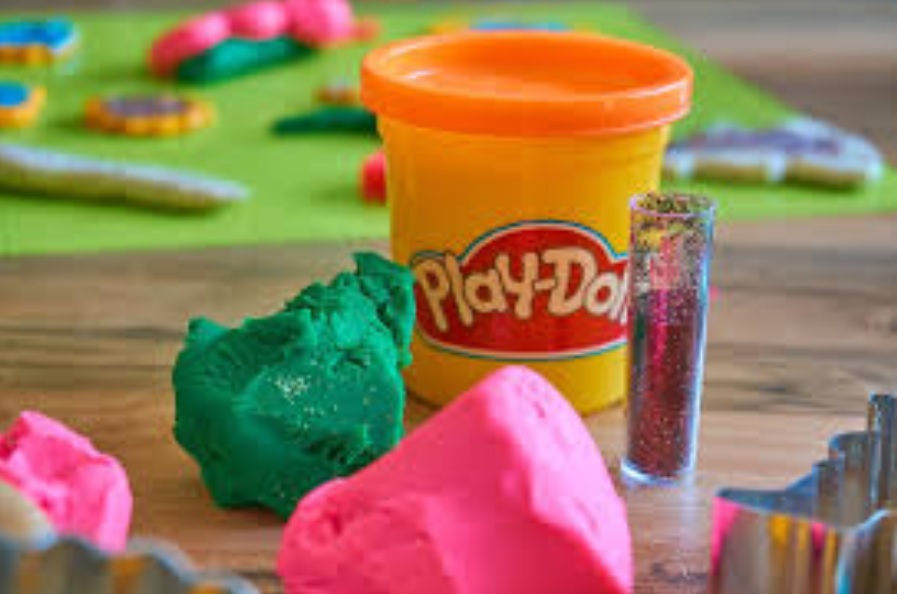
By Julianne Henley
Miller, Nash, Graham & Dunn
NW Law firm,
Did you know you can federally register a scent as a brand? Hasbro, Inc.’s recent registration of the smell of Play-Doh “toy modeling compounds” has highlighted one of the lesser-known brand categories: scents.
The United States defines a trademark as any “word, name, symbol, or device, or any combination thereof…to identify and distinguish his or her goods.” Trademark attorneys usually short-hand this explanation and note that trademarks are source identifiers – something unique that consumers associate solely with one source. Source identifiers can be words (MCDONALD’S), logos (the Nike Swoosh), colors (pink for Owens-Corning fiberglass insulation), packaging designs (the Coca-Cola glass bottle shape), product designs (the Lego person figurine), store layouts (the Apple Store layout and features), motion (the MGM lion roaring), sounds (the NBC chimes), scents (the Le Vian chocolate smell in jewelry stores), and even flavors (the Original Rainbow Cone, Inc. owns a registration for five flavors of ice cream, arranged in a particular order and sold on a cone). In each case, consumers recognize the visual, auditory, or olfactory reference with a specific provider.
The United States Patent and Trademark Office’s Trademark Manual of Examining Procedure specifically recognizes scents, fragrances, and flavors as types of brands in Section 1202.13. In a rare departure from the Trademark Office’s usual request that examples of use be provided electronically, specimens for scent marks require the actual goods to be sent to the Trademark Office “because the examining attorney must be able to smell or taste the scent or flavor” as part of the examination process. If there is a salted caramel flavor division within the Trademark Office, please consider this blog post to be a formal employment application.
The question many consumers—and even attorneys—are asking is: how can a scent function as a mark? The honest answer is that it’s harder. Generally, significant use, promotion, and recognition will be required. However, scents are increasingly becoming a more important aspect of an overall marketing strategy for brands, which means it is increasingly important to consider registering signature scents.
Taking the Play-Doh scent as an example, the “scent of a sweet, slightly musky, vanilla fragrance, with slight overtones of cherry, combined with the smell of a salted, wheat-based dough” is claimed as the specific trademark (“Mark”). When applying to register the Mark, Hasbro voluntarily entered a Section 2(f) claim of acquired distinctiveness based on 5+ years of use. In trademark speak, this means Hasbro acknowledged that its scent was not distinctive when it was first used, but had become distinctive through at least five years of use in the marketplace.
Hasbro took other intentional steps to promote its Mark as a brand, including celebrating the 50th anniversary of Play-Doh products by releasing a cologne spray of the Mark. While this may have been a huge hit at White Elephant gift exchanges worldwide, it was likely part of an intentional legal strategy, designed to demonstrate that consumers recognize the Mark and associate it exclusively with Hasbro’s Play-Doh goods.
Hasbro also likely benefited from the fact that most people in the United States (including, most likely, the examining attorney) know exactly what Play-Doh compound smells like. Personally, I don’t think I would have used vanilla or cherry as a descriptor, but musk, salt, and wheat would definitely have been words I would use to describe the Mark. It’s what I imagine Yoda’s swamp smells like during Jedi training. Funky, but intentionally so.
In my house, there is a NASA-like contraption that involves multiple layers of sealed plastic bags and plastic bins, all designed to contain the scent of the Mark from seeping into other things that are stashed nearby. Before this contraption was in place, I used to pull items out of the cabinet and say, “this [insert household item name] smells like Play-Doh.”
In its Office Action Response, Hasbro had very impressive stats to cite, including:
- Continuous use of the Mark since 1956;
- More than 3 billion (with a b!) cans of toy modeling compounds have been sold, all featuring the Mark;
- Unsolicited media articles that described the Mark as “unique” and “legendary;” and perhaps most importantly
- Consumer recognition of the Mark.
I went decades between smelling Play-Doh modeling compound. Probably from the mid-1980s to 2017. Yet, before opening a can of Play-Doh compound for the first time in over thirty-years, I knew exactly what it would smell like. That is the power of a brand. You know what you’re getting before you buy it, eat it, watch it, or smell it.
There are five senses advertisers are cognizant of when marketing to consumers: sight, sound, touch, taste, and smell. Traditional trademarks (words and logos) only address one of those senses: sight. As advertising strategies evolve, so too must branding strategies.
If you are a brand owner, consider whether a non-traditional trademark registration could benefit your brand. Do you have a unique restaurant or store layout? Is your product a unique shape or configuration? Do consumers associate your product with a distinctive smell or flavor? If the answer to any of these questions is “yes,” consider protecting your unique source identifying attributes with a formal trademark registration. By investing in a proactive legal strategy, and considering the many senses that are used by consumers when making purchasing decisions, you can strengthen your IP portfolio.
Coconut-scented sunglasses, anyone?
Disclaimer: Articles featured on Oregon Report are the creation, responsibility and opinion of the authoring individual or organization which is featured at the top of every article.


